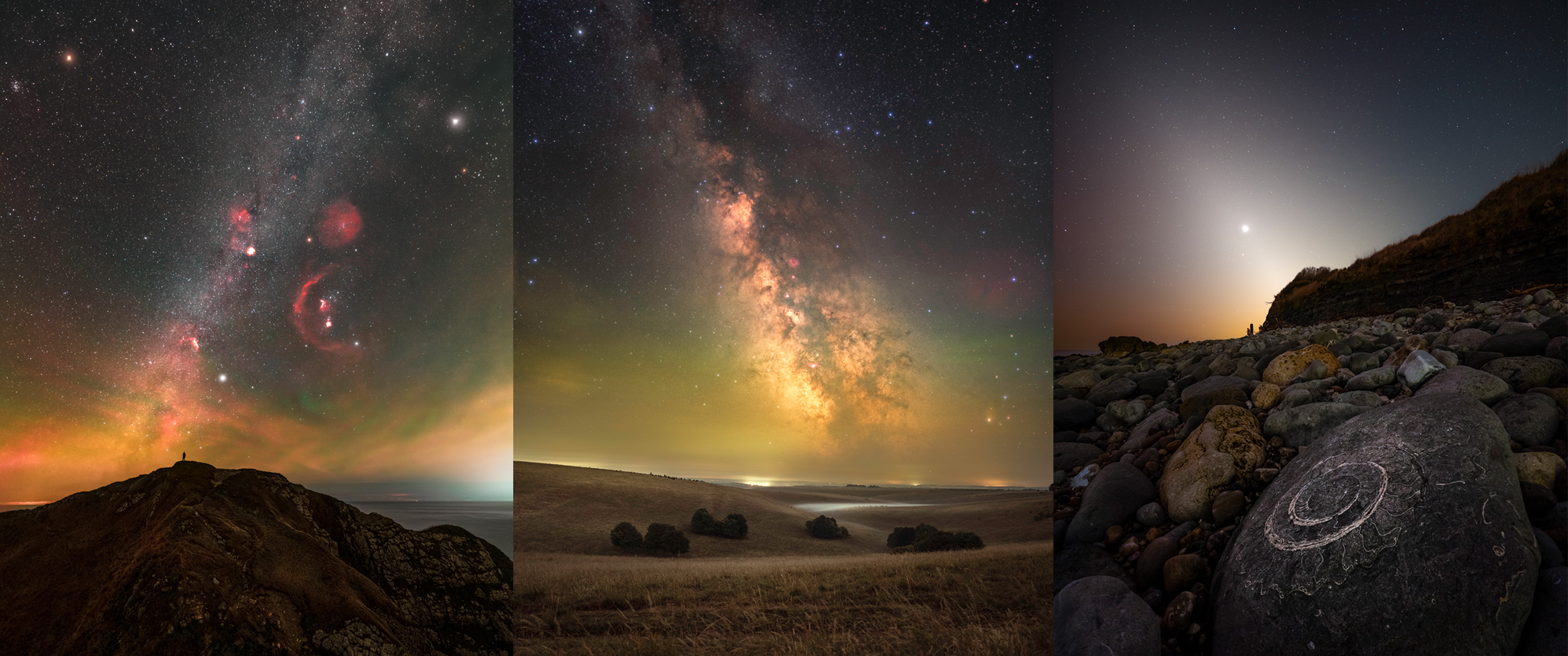In Photos: Evidence of a Legendary Massacre in Alaska
Discovering the past

Archaeologists have been excavating Agaligmiut (now often called Nunalleq), a village in Alaska that was destroyed by fire and whose inhabitants were massacred about 350 years ago. Archaeologists found the remains of 28 bodies. They also discovered 60,000 artifacts that provide information on how they lived. [Read more about the archaeological site and findings]
Wooden artifacts
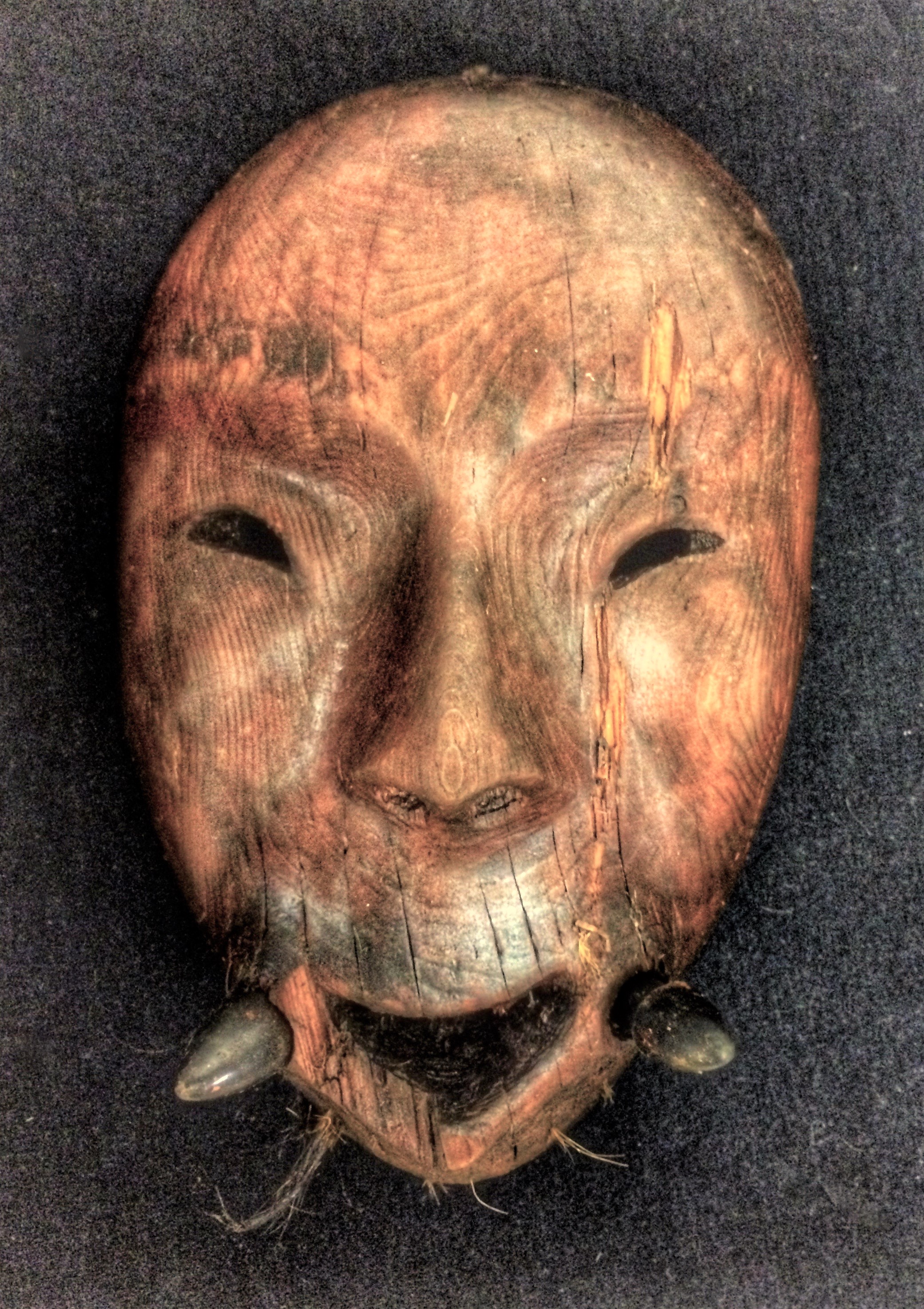
The 60,000 artifacts found at Agaligmiut include the remains of wooden masks. This mask looks part human and part walrus. People in Agaligmiut believed that sometimes a person could turn into an animal and vice versa, archaeologists explained.
Tiny pieces
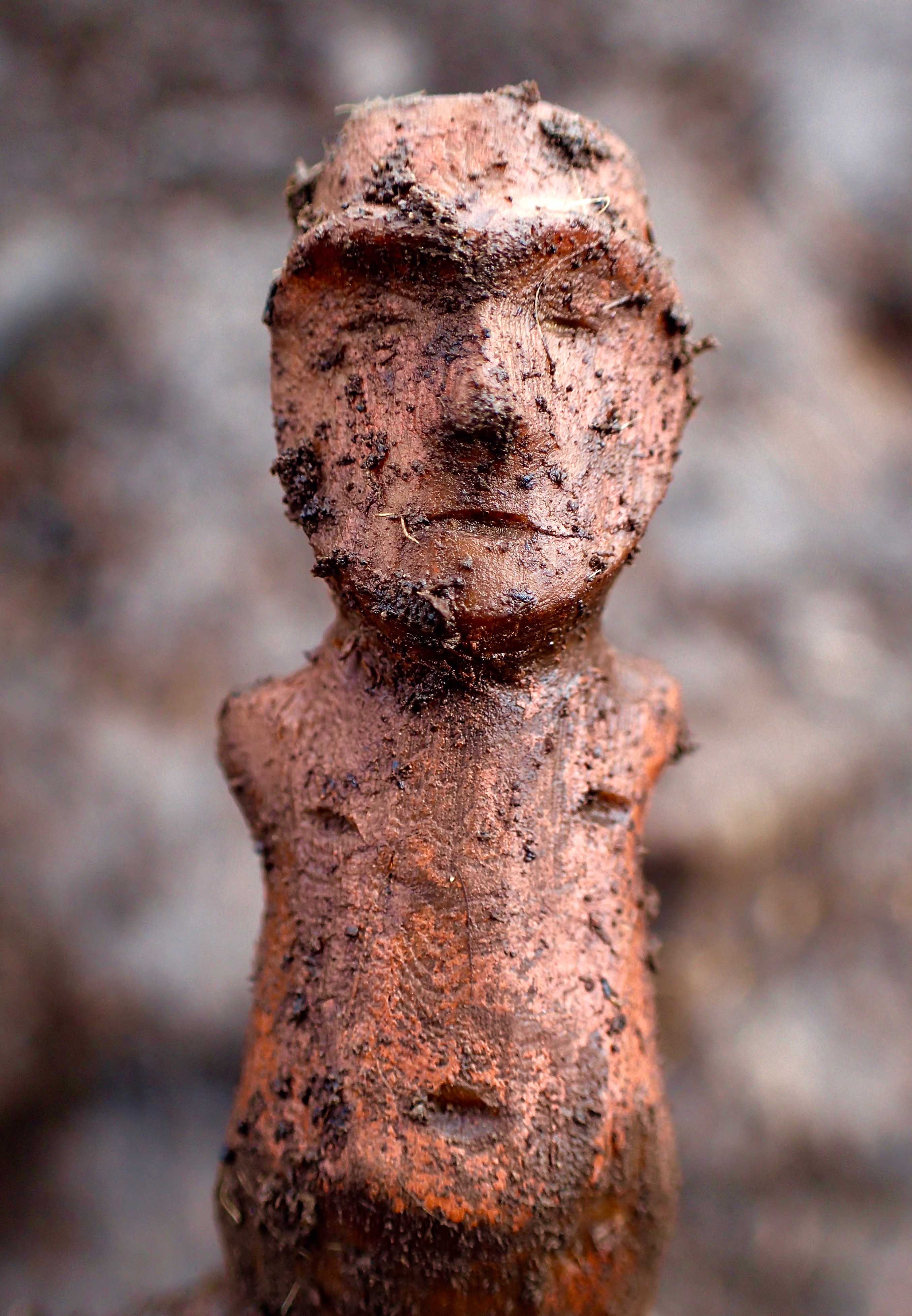
A doll decorated with red ochre. Numerous dolls and figurines were found at the site. They were used for a variety of purposes. including religious rituals and as toys.
Found in the frozen ground

Permafrost resulted in many of the artifacts being well-preserved despite the passage of about 350 years. Global warming means that this permafrost is thawing and the artifacts they preserve are in danger of being lost. This photo shows a mask in the thawing permafrost.
Important traditions
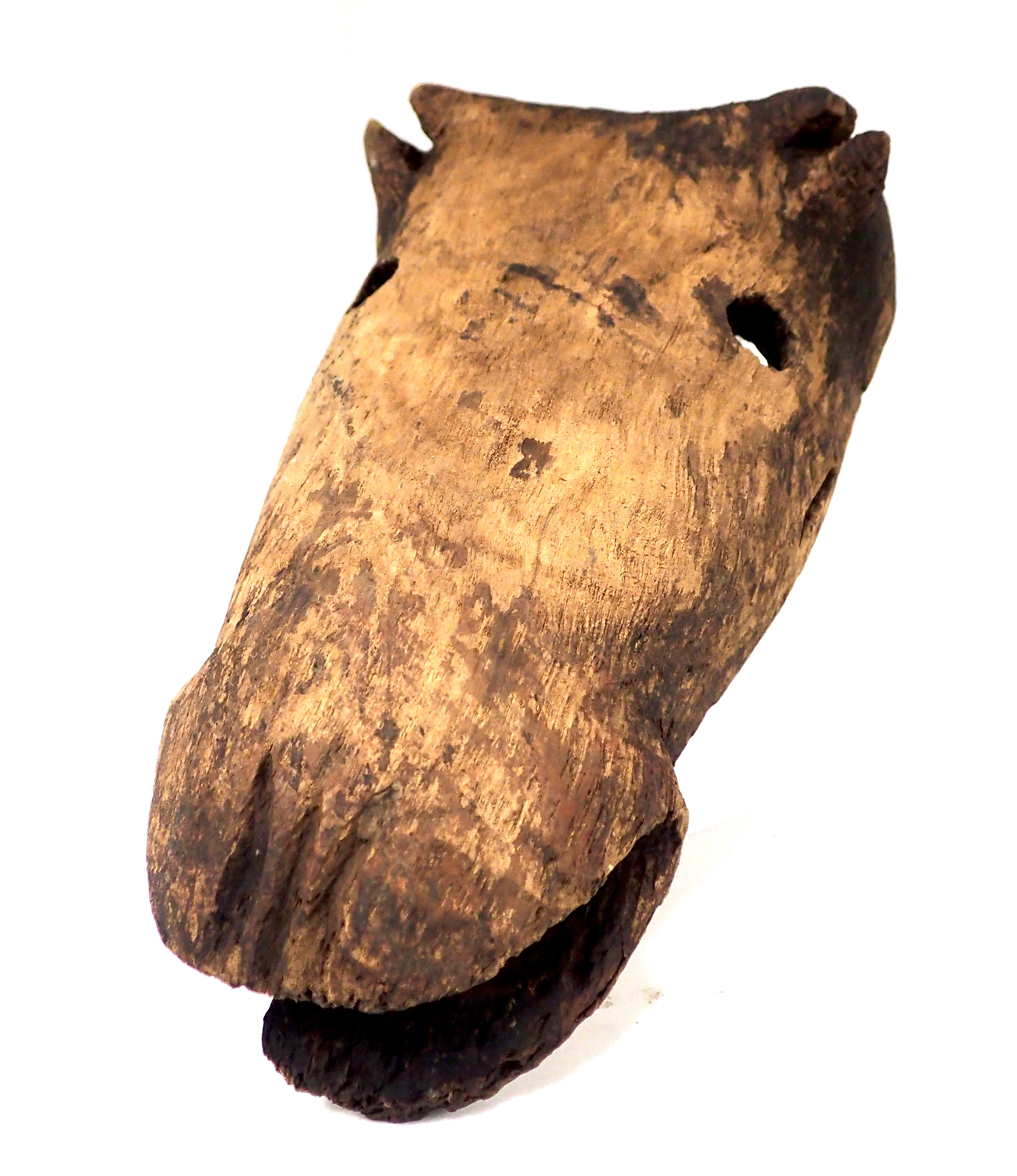
Many of the masks, figurines and dolls are in the shape of animals, such as this caribou-shaped mask. Wildlife plays an important role in the traditional beliefs of the Yup'ik people.
Animals, too
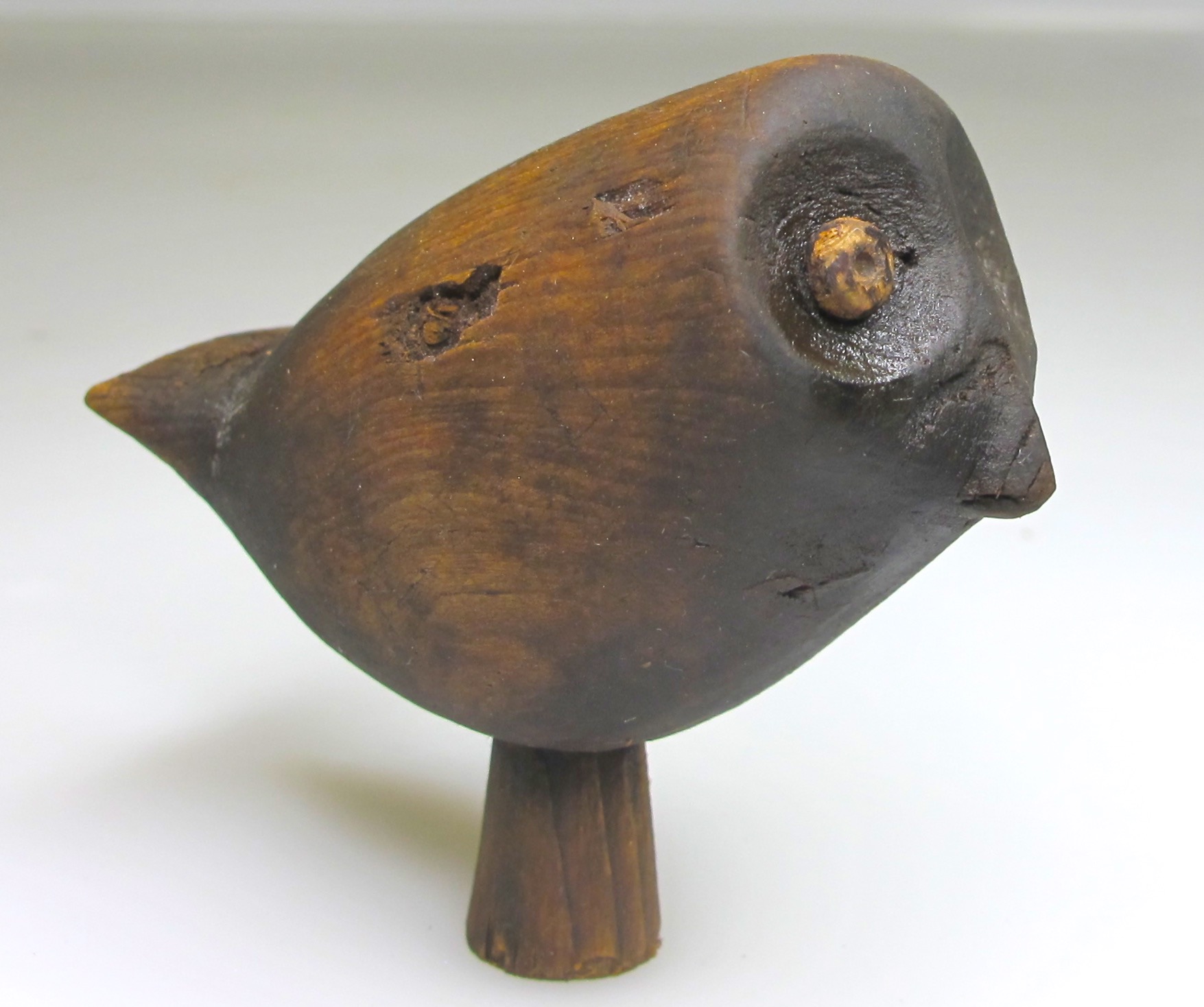
A carving of an owl. About 850 of the artifacts have been 3D scanned and are being put into an educational package that will be used to help children learn about the archaeological site.
Quinhagak
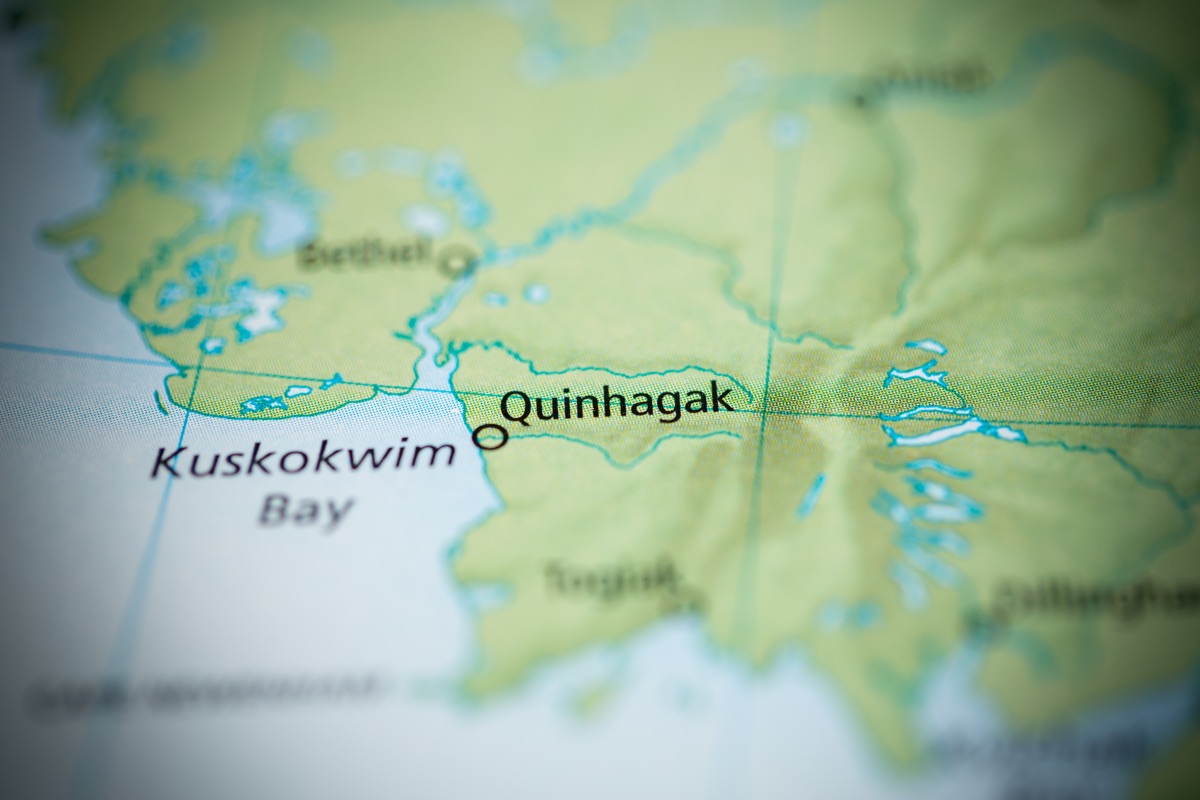
The archaeological site is located near the modern-day town of Quinhagak in Alaska.
Get the world’s most fascinating discoveries delivered straight to your inbox.

Owen Jarus is a regular contributor to Live Science who writes about archaeology and humans' past. He has also written for The Independent (UK), The Canadian Press (CP) and The Associated Press (AP), among others. Owen has a bachelor of arts degree from the University of Toronto and a journalism degree from Ryerson University.


